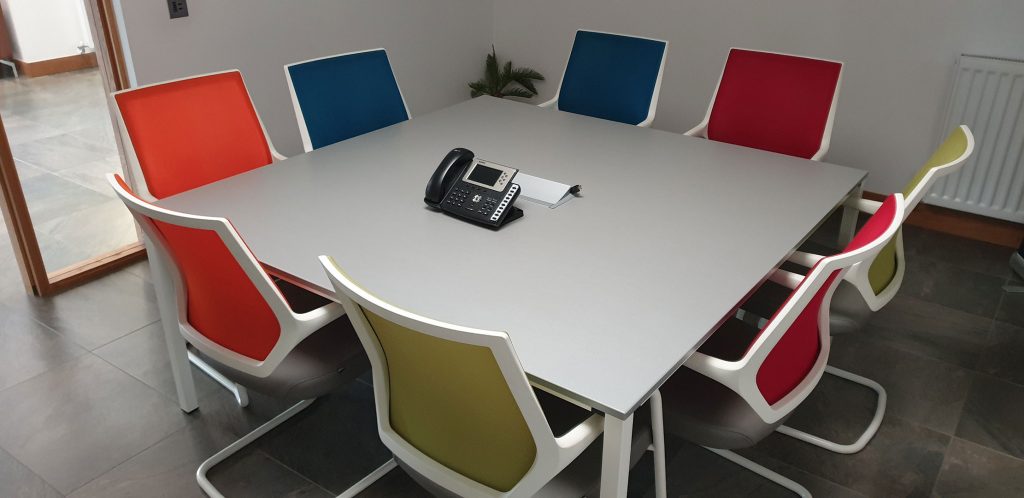
1. Plan ahead
Going into a meeting blind is never a good idea, being unorganised won’t set the right tone with your colleagues.
Your plan doesn’t have to be super detailed, we recommend having these questions answered before you go into your meeting:
2. Encourage note taking
So, you’ve had a meeting, it went smoothly, you feel that you covered everything you needed to.
The catch? It was so engaging that nobody had the time to write anything down.
Small details are lost, suddenly all the progress you made starts to disappear.
Always encourage notetaking in meetings, even if it seems silly or pointless at times.
Another option is to designate a note taker, someone to write everything important down so they can share these notes with everyone else afterwards.
3. Give conversation and feedback opportunities throughout
Leading a meeting shouldn’t just be talking at people for an hour, you need to talk with them.
Giving participants the option to ask questions or give any input during a meeting can be incredibly helpful for them and you.
I’m sure we all know that hearing “any questions?” at the end of a meeting is standard, but is it actually helpful?
Consider a quick check-in after each subtopic is discussed.
4. Cater to all learning styles
This may seem obvious, but it’s all too common for presentations to be done exclusively with bullet points and verbal explanation.
There’s lots of different learning styles, they can range from person to person, but most fall under these 4 categories:

Traditional
Traditional learning typically means reading and writing. This would include note taking, lists and bullet points. It’s the classic school style method.

Visual
Visual learners will benefit from imagery. Infographics, charts and images are hugely beneficial to their understanding. Plus, using imagery in presentations is a good way to break things up and keep it engaging.

Auditory
Auditory learners will learn most effectively by listening and being spoken to. Basically, taking in information verbally. Although most won’t break into song during a meeting, jingles and rhymes can help auditory learners. This is commonly used with children in early year education.

Kinesthetic
Kinesthetic learning is the more hands-on method. This focuses on doing as opposed to thinking. For some, jumping straight in and practicing something to get acquainted with it can be much more helpful than watching a video or writing down the steps.
5. Establish immediate actions for progression
Before beginning your meeting, you established a clear objective, so how do you progress from there?
Talk with others in the meeting and plan, make sure your next steps are mapped and that everyone is on the same page.
Any successful meeting should provide you with enough information to create a clear plan to move forward with.
This links back to the previous steps, discuss actions with participants, refer to meeting notes, communicate with your team to make sure that nobody is confused or feels like they haven’t gained anything from the experience.
Looking for somewhere to use these tips in Fife?
Click HERE to check out what we have to offer at Itek House.